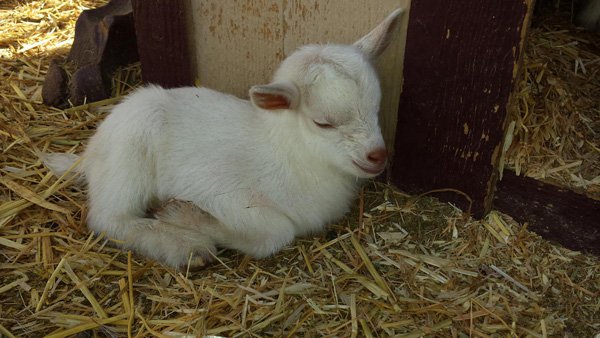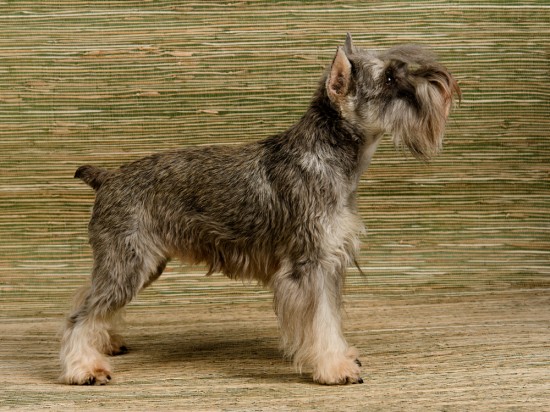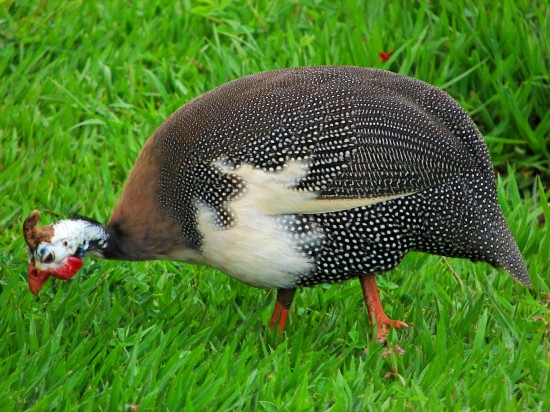
Resembling the Lynx in facial appearance, Pallas Cat is believed by some to be the oldest living specie of cats, it's evolution dating as far back as ten million years.Fur is long, thick and grayish...
Resembling the Lynx in facial appearance, Pallas Cat is believed by some to be the oldest living specie of cats, it's evolution dating as far back as ten million years.
Fur is long, thick and grayish in color, often varying with season. Head is short and broad and face is flattened. Ears are small and widely set. Body appears to be heavy and supported on stocky limbs. Eyes are large and pupils circular unlike those of other small cats. It's lustrous coat and physical appearance led to the initial hypothesis that the Pallas Cat was the ancestor of Persian Cats, a theory now known to be incorrect. Hair are white tipped, giving the cat a frosted snowy appearance. Several dark spots and stripes exist on head and body.
A solitary and crepuscular hunter, Pallas Cat takes small animals usually including rodents, insects and birds. It uses either the stalk and ambush approach characteristic of most felines or directly attacks dens and burrows of small animals where it either waits outside them for the prey to appear or attempts to paw them out. It is often seen resting inside burrows of other animals as well.
Suited for a cold habitat Pallas Cat, Otocolobus Manul, resides in the snowy mountains and harsh plains of Central Asia. It inhabits a number of countries in that region and is divided into the following subspecies based on its geographical distribution.
Otocolobus Manul Manul - China and Mongolia
Otocolobus Manul Nigripecta - Kashmir, Nepal, Tibet
Otocolobus Manul Ferrugnea - Caspian Sea to Pakistan
Pallas Cat, also known as Manul, comes into estrus early in the year and gives birth to a big litter of up to six kittens after a pregnancy lasting around ten weeks. Maturity is reached at one year of age. Lifespan of up to twelve years has been recorded in captivity. Hunted in the past for its lustrous cat, Pallas Cat is now protected as a specie in most countries.
 Rehabilitative therapies for your pet
Rehabilitative therapies for your pet
Pet owne
Rehabilitative therapies for your pet
Rehabilitative therapies for your pet
Pet owne
 Bed bug killer sprays- a convenient way of getting rid of bed bugs
Bed bug killer sprays- a convenient way of getting rid of
Bed bug killer sprays- a convenient way of getting rid of bed bugs
Bed bug killer sprays- a convenient way of getting rid of
 Could You Offer A New Home To A Pedigree Dog?
Could You Offer A
Could You Offer A New Home To A Pedigree Dog?
Could You Offer A
 Canine Chemotherapy And Its Side Effects
Canine Chemothera
Canine Chemotherapy And Its Side Effects
Canine Chemothera
 The Joys Of Keeping Guinea Fowl
The Joys Of Keepi
The Joys Of Keeping Guinea Fowl
The Joys Of Keepi
Copyright © 2005-2016 Pet Information All Rights Reserved
Contact us: www162date@outlook.com